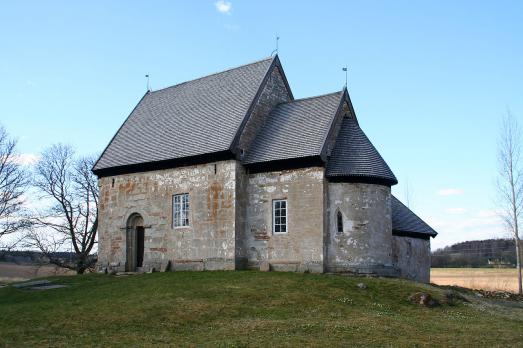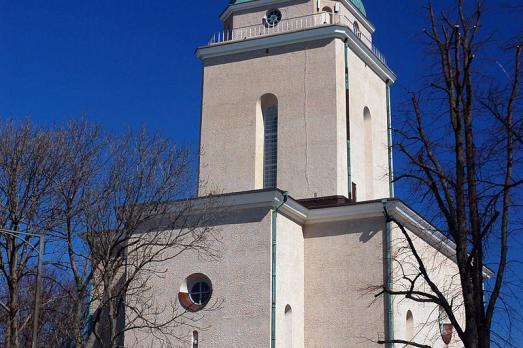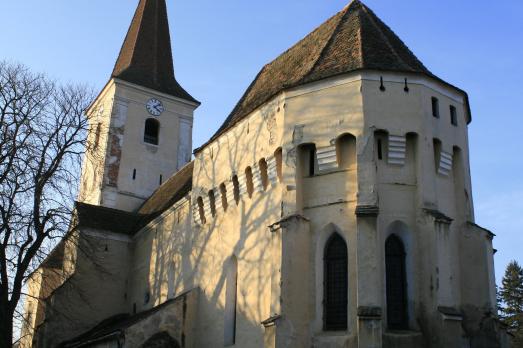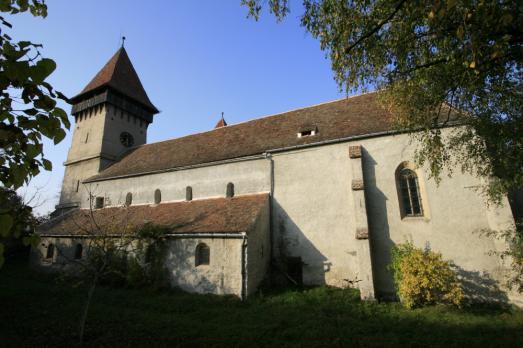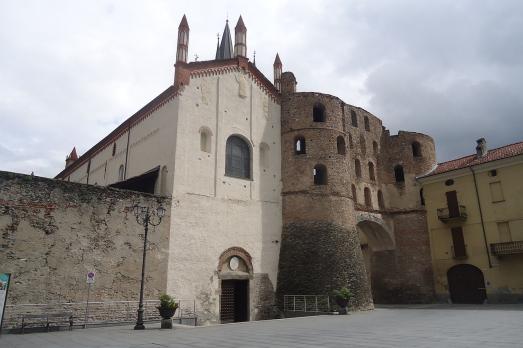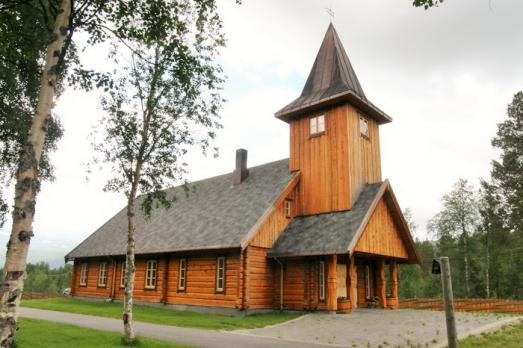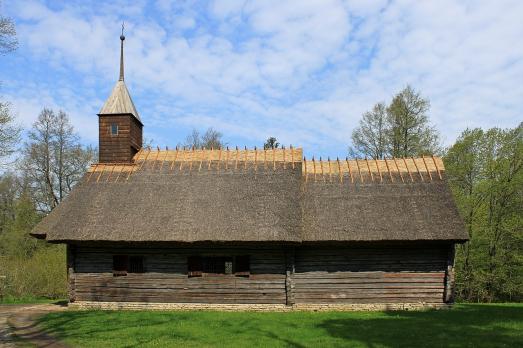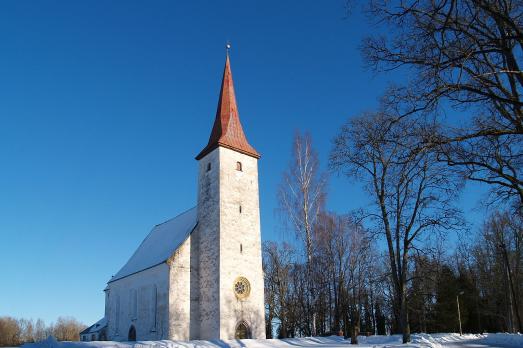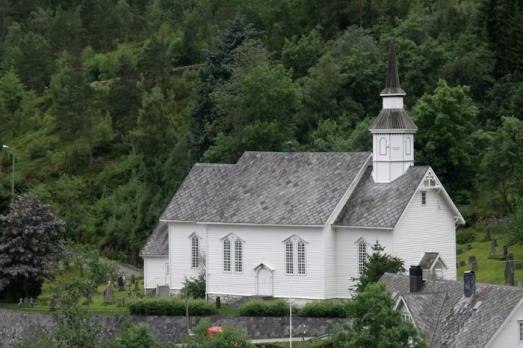
Sunnylven Church
Stranda, NO
The Sunnylven church was inaugurated in 1859 and designed according to drawings by Rolfsen of Nordfjordeid. The forms are taken from the standard drawings of the architects Linstow and Grosch. The interior is painted in several shades of grey with reddish brown details. This colour scheme was made by Per Vigeland in 1934 during the renovation of the church.
